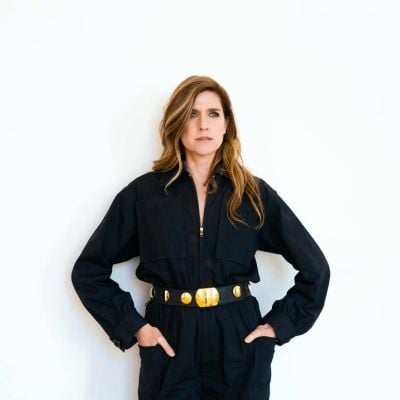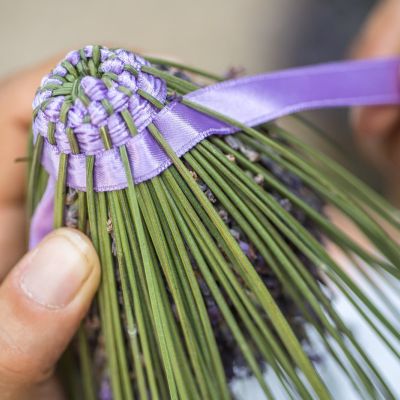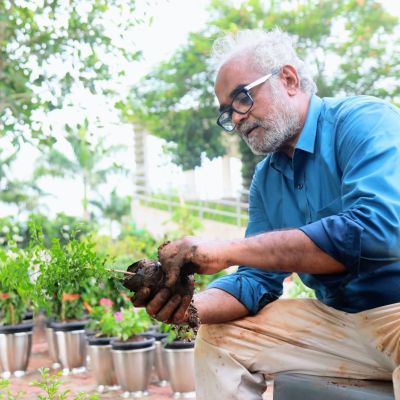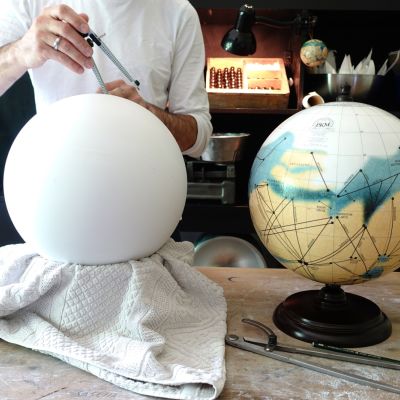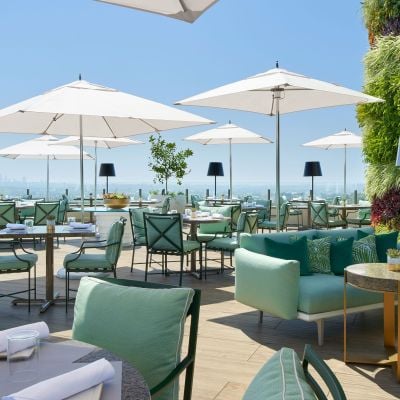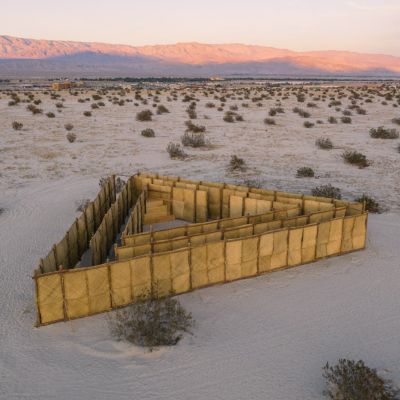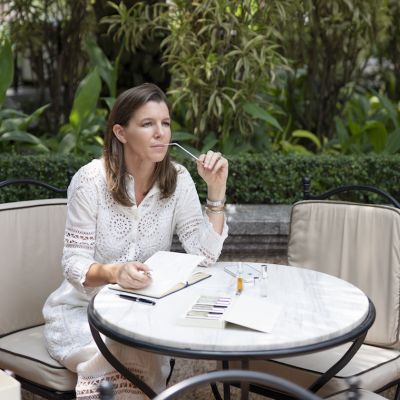A Head Start
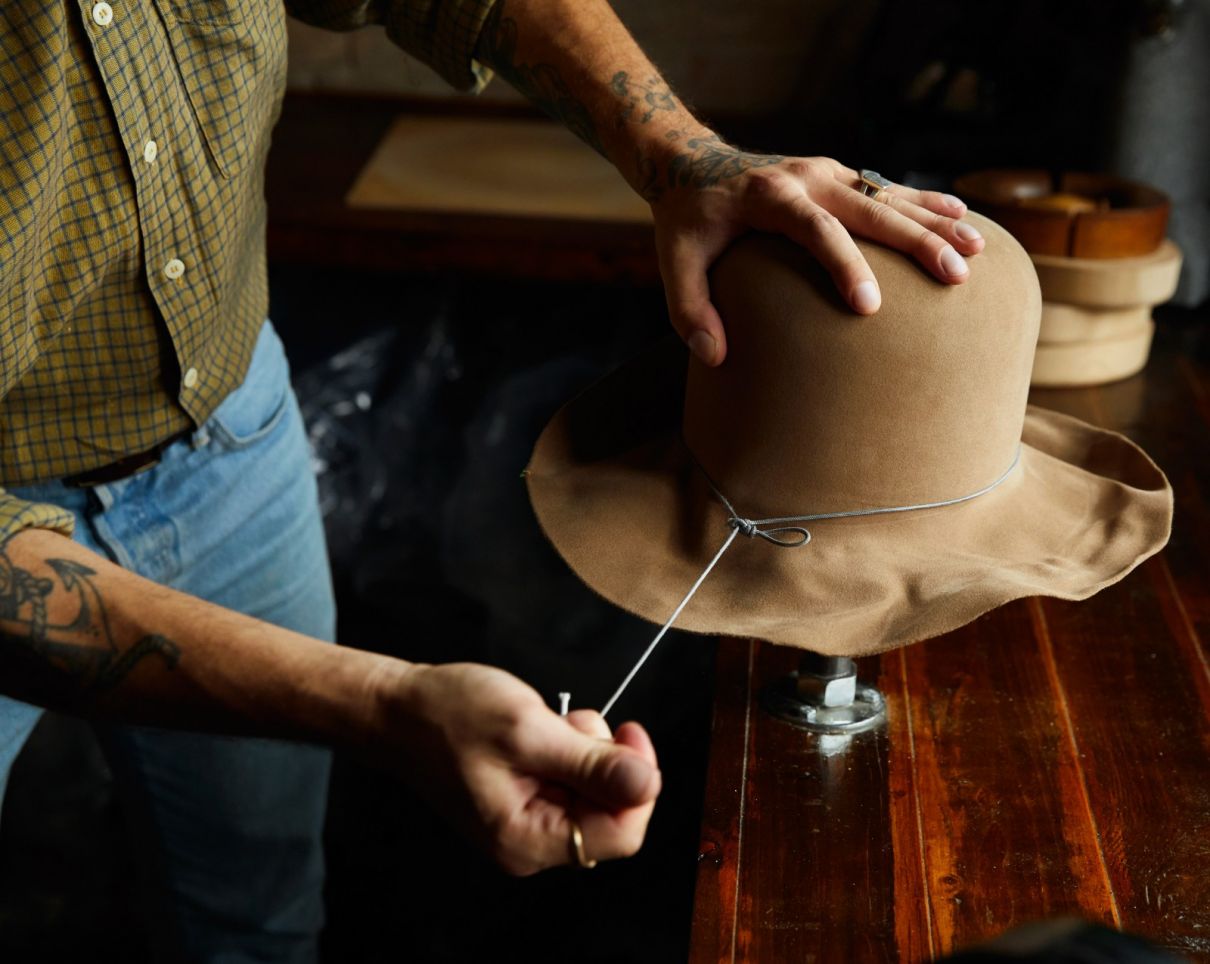
The inside story of the Danish hat-making renaissance.
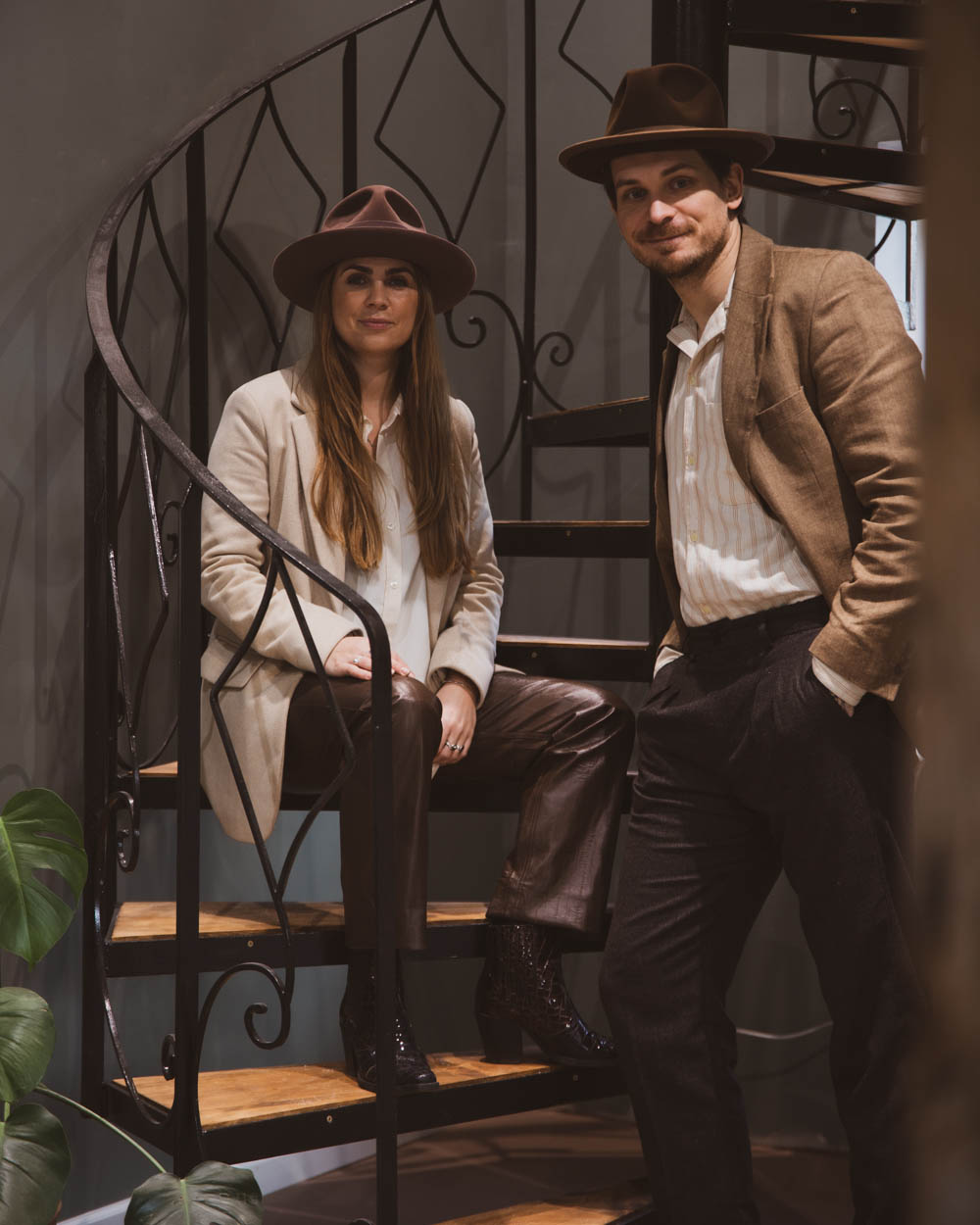
On the Danish island of Zealand, in the historic town of Sorø, a hat-making resurgence is underway, led by a self-taught hatmaker and his wife.
Eight years ago, Peter and Cathrine Hornskov opened their eponymous business Hornskov Hats, one of only a handful of custom hatters in Denmark. It started when Peter, who was studying a course on product development, chanced to see a video on hat-making. “I had an epiphany,” he says. Although he loved wearing hats, he had always struggled to find ones that fitted, due to his “long oval head”, he laughs. At the very least, he thought, he could make a few hats for himself.
Six months of research included taking apart vintage hats and reassembling them, uncovering old techniques and discovering methods of recreating the hats. “I would work my way backwards; it was a trial-and-error reverse engineering at a crafts level.” With a few basic materials and makeshift tools, he cobbled together some prototypes. They were “crude and functional, just a piece of felt pulled over a block, with a leather inner and a few stitches”, but nonetheless proud of them, he posted them to his Instagram feed.
After a few hours, the post had gone viral and several strangers had commissioned hats. He created a crowdfunding page and within 30 days had raised the equivalent of around £6,000, plenty to buy the necessary materials and kit to set up the business. Today, Hornskov has a production line of approximately 1,000 hats annually, shipped to 60 different countries, all hand-crafted by Peter and Cathrine in their workshop in Sorø. They have a small appointment-only showroom on the island of Christianshavn in the heart of Copenhagen, but otherwise sales are made online or through word of mouth.
“I don’t consider myself an artist or an artisan, I’m just a craftsman, following a recipe,” says Peter, dialling in from their Sorø workshop, Cathrine busy prepping tools in the background. Their daughter and son, aged six and four, are being looked after by Cathrine’s parents. “Our hats are all bespoke, so are very much a result of the client’s vision,” he says. The sky is almost the limit when it comes to hat design, but there are certain things that can’t be done. Recently, a client asked for a vintage safari replica hat that included a piece of zebra skin. “Even if we could source it, we couldn’t get it through US customs.” (Around half of their hats are currently ordered by US-based customers.)
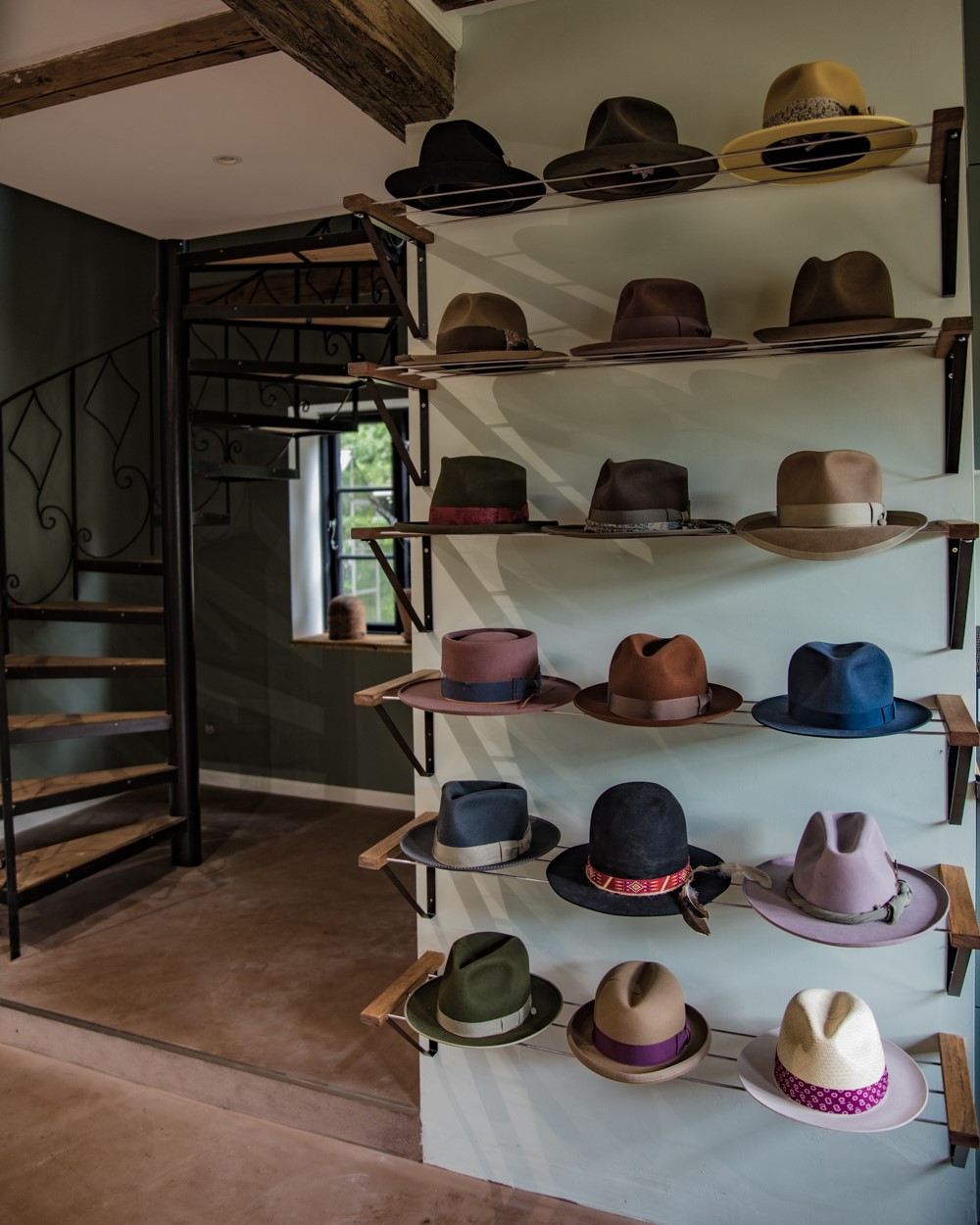
Hornskov hats are all made to order, with prices ranging from around £140 for the 100 per cent tweed caps to between £400-£500 for felt hats. Hornskov uses beaver and hare felt from animals culled by farmers in Canada and Argentina. He believes it is more sustainable than using materials other hatters use, such as wool, from farmed sheep, or rabbit fur, from caged rabbits. “We go to great lengths to ensure sustainability.”
Peter sees his business as a return to Denmark’s old hat-making tradition. “Denmark once had a hatter in every small town and even a school for hat making. It was just never at an industrial level, which is why, when hats went out of fashion in the 1960s, all of the remaining hat makers went out of business and just disappeared.
“That was pretty much the same all over the world,” he continues, “with the exception of perhaps a few shops in London and some small cowboy hat shops in the US. Other than that, most custom hatters you see today are of a new generation that started in the early 2010s.”
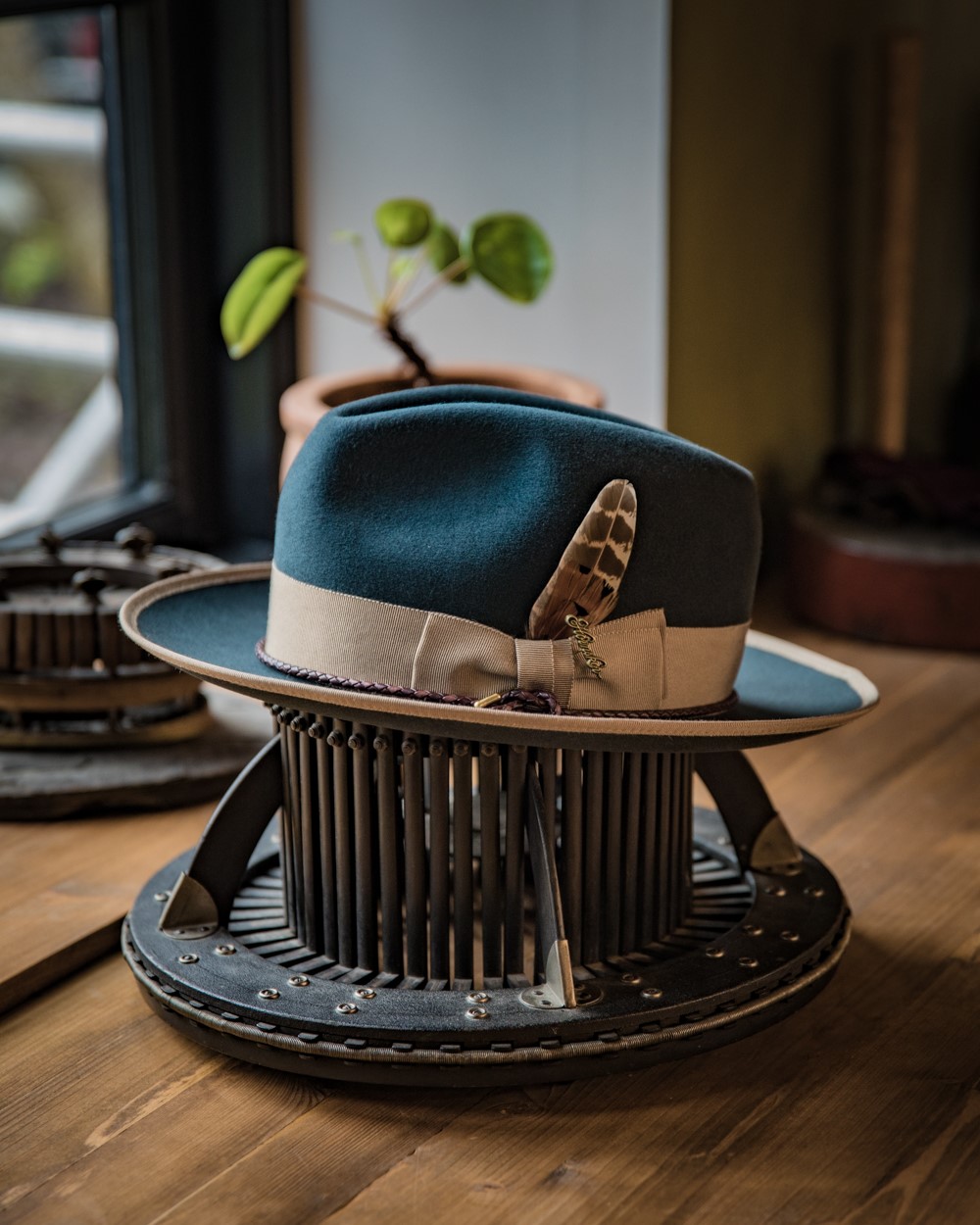
What sets Hornskov apart from competitors? “The fit,” says Peter without hesitation. All customers receive a free-to-order measuring kit then can book a virtual fitting session with Peter over Zoom. Twenty-five per cent of their orders are from repeat customers.
The objective is to scale up, ultimately having a store in every major city. “We want to be the company that everyone thinks of when they think of hats,” says Peter, adding “we want to be this century’s Borsalino or Stetson. Although better.” They are on the lookout for an investor — albeit a hands-off one, he adds. “We have to stay in charge, our detail-oriented identity is important.”
Peter believes that the key to his success lies in making hats that are high-quality but well-priced, and treating each client with the greatest respect. “We take our clients on a personal journey.” He also believes in humility. “Even though I call myself a master hatter and achieved my 10,000 hours in the trade a long time ago, I still learn every day.”

